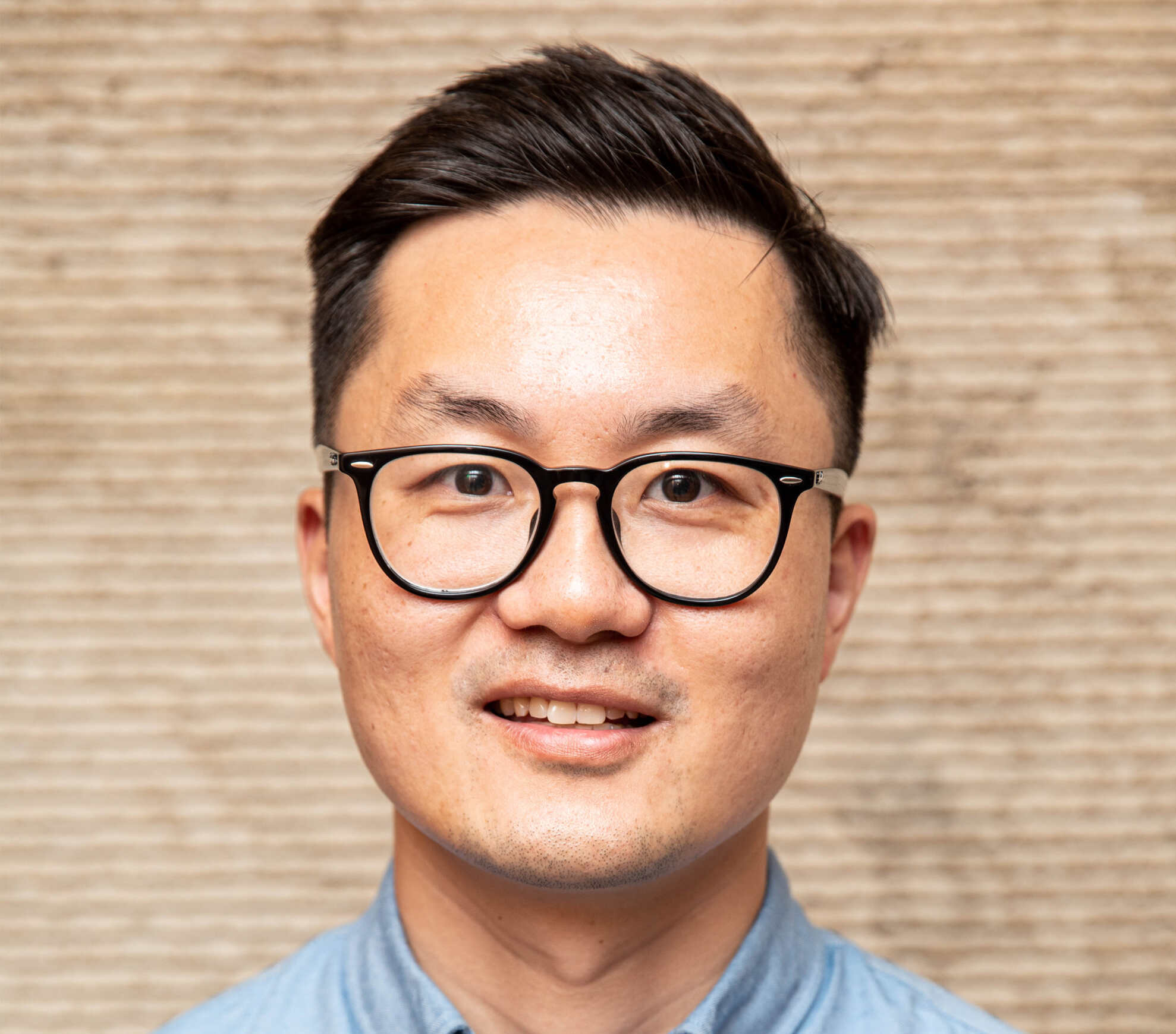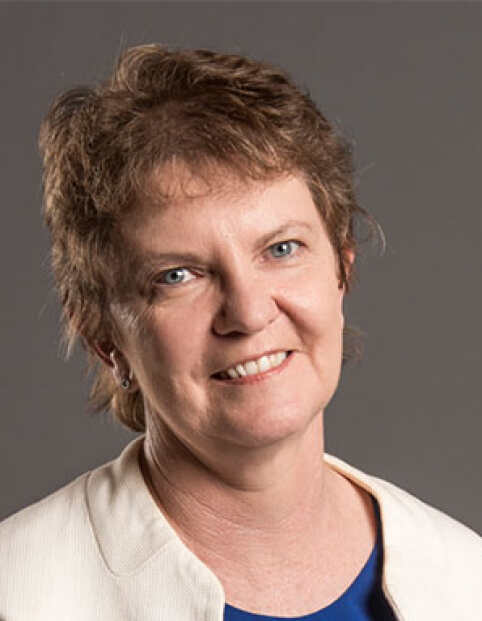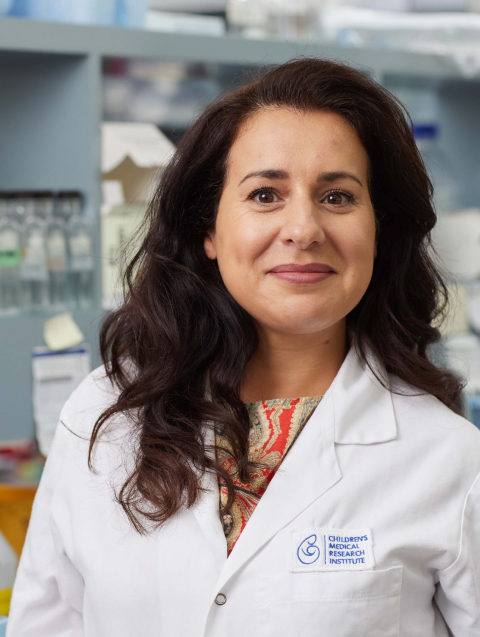Project Aim
Best Vitelliform Macular Dystrophy, also known as Best Disease, is a genetic condition that affects the part of the eye called the retina, causing fluid and waste products to build up. There is currently no effective treatment for this disease.
Researchers have found a new source of retinal pigment epithelium (RPE), which is a layer of cells in the retina. They created these RPE cells using special cells called pluripotent stem cells and introduced a specific mutation associated with Best disease.
Their research, which has not been published yet, shows that the RPE cells derived from patients with Best disease have problems regulating their cell volume and cannot properly break down parts of the eye called photoreceptor outer segments. These are important functions that normal RPE cells perform.
However, the researchers have discovered a substance called Compound 1 (C.1), which is safe to use and can partially restore the cell volume regulation properties and fully restore the photoreceptor processing defect of the Best disease RPE cells.
The aim of this project is to understand how C.1 works to improve these functions in the RPE cells affected by Best disease. This groundbreaking research has the potential to develop new drugs or drug targets that could be used to treat Best disease in the future.
Summary
We conducted tests on C.1 and its effects on specific cells in the eye called retinal pigment epithelial cells (RPE). These cells were derived from stem cells and had a genetic mutation associated with a condition called Best Vitelliform Macular Dystrophy.
To test the compound, we grew multiple batches of RPE cells with and without the genetic mutation. We then performed experiments to see how well these cells could take in and process parts of the eye called photoreceptor outer segments. We used different solutions with or without the compound C.1 for these experiments.
The results showed that all the treatments resulted in the cells taking in the photoreceptor segments. There was no significant difference in the total amount of remaining segments between the treatments. However, a non-significant trend for increasing amounts of photoreceptor fragments was seen with C.1 treatment. It is currently unclear what the clinical implications of this might be.
In previous studies on other diseases, high doses of C.1 taken daily for 12 weeks did not cause any significant side effects in patients. We are therefore pursuing discussions with a specialist retinal ophthalmologist regarding how best to progress this compound.
Chief investigator:
Associate Professor Michael O’Connor
Western Sydney University, Sydney
Grant awarded:
$40,000 (2019)
Research Impact Reports
Virtual Reality Assessment of Functional Vision in achromatopsia
Project Aim This project aimed to develop and validate a virtual reality (VR) mobility task...
Advancing Usher syndrome type 1B gene therapy with split intein
Project Aim Usher syndrome is the leading cause of combined hearing and vision loss worldwide....
Therapies for currently untreatable autosomal recessive IRDs
Project Aim This project aims to develop gene replacement therapies for autosomal recessive (AR) inherited...
Establishing novel AAV gene editing for Usher Syndrome
Project Aim The aim of this project was to establish proof-of-concept for a new type...




